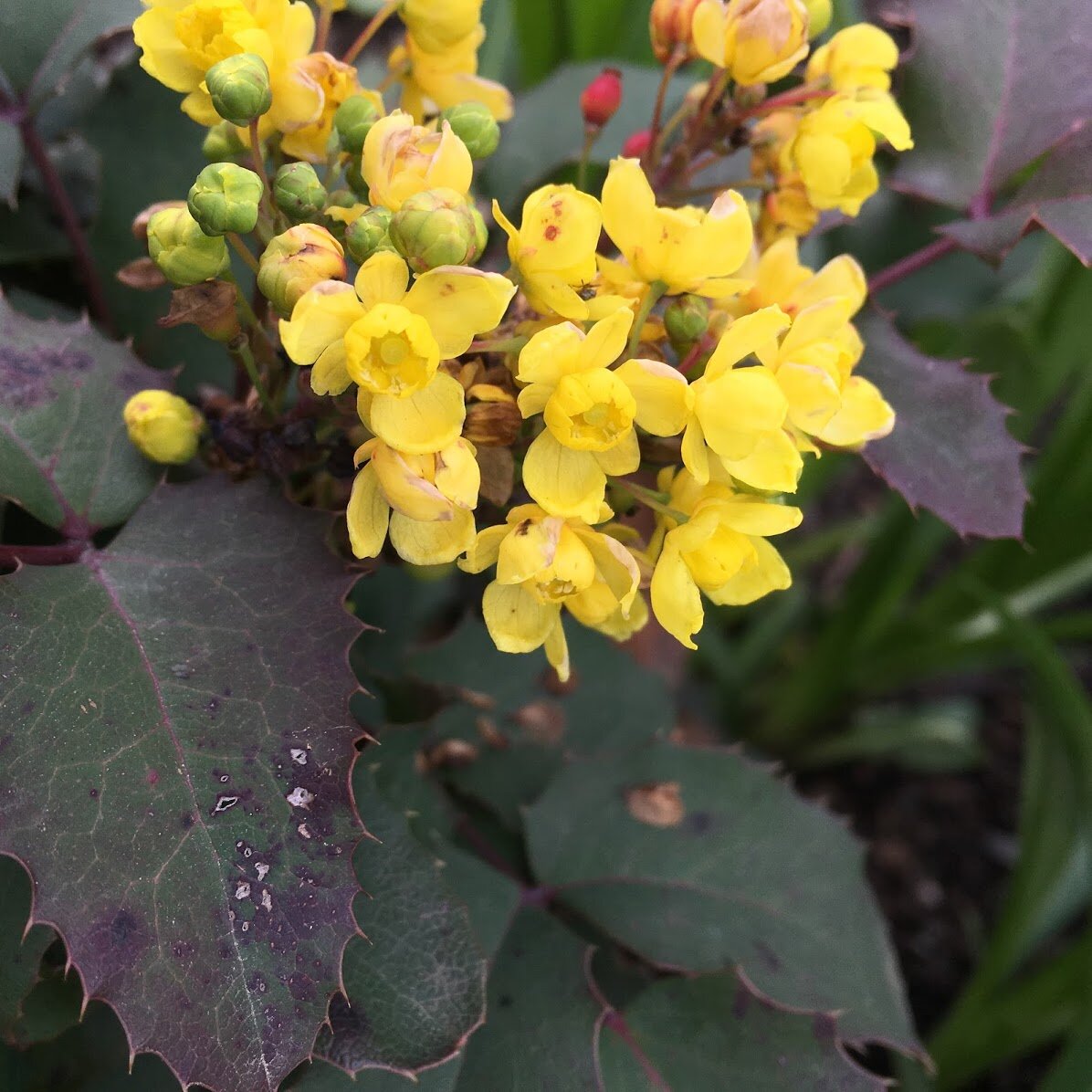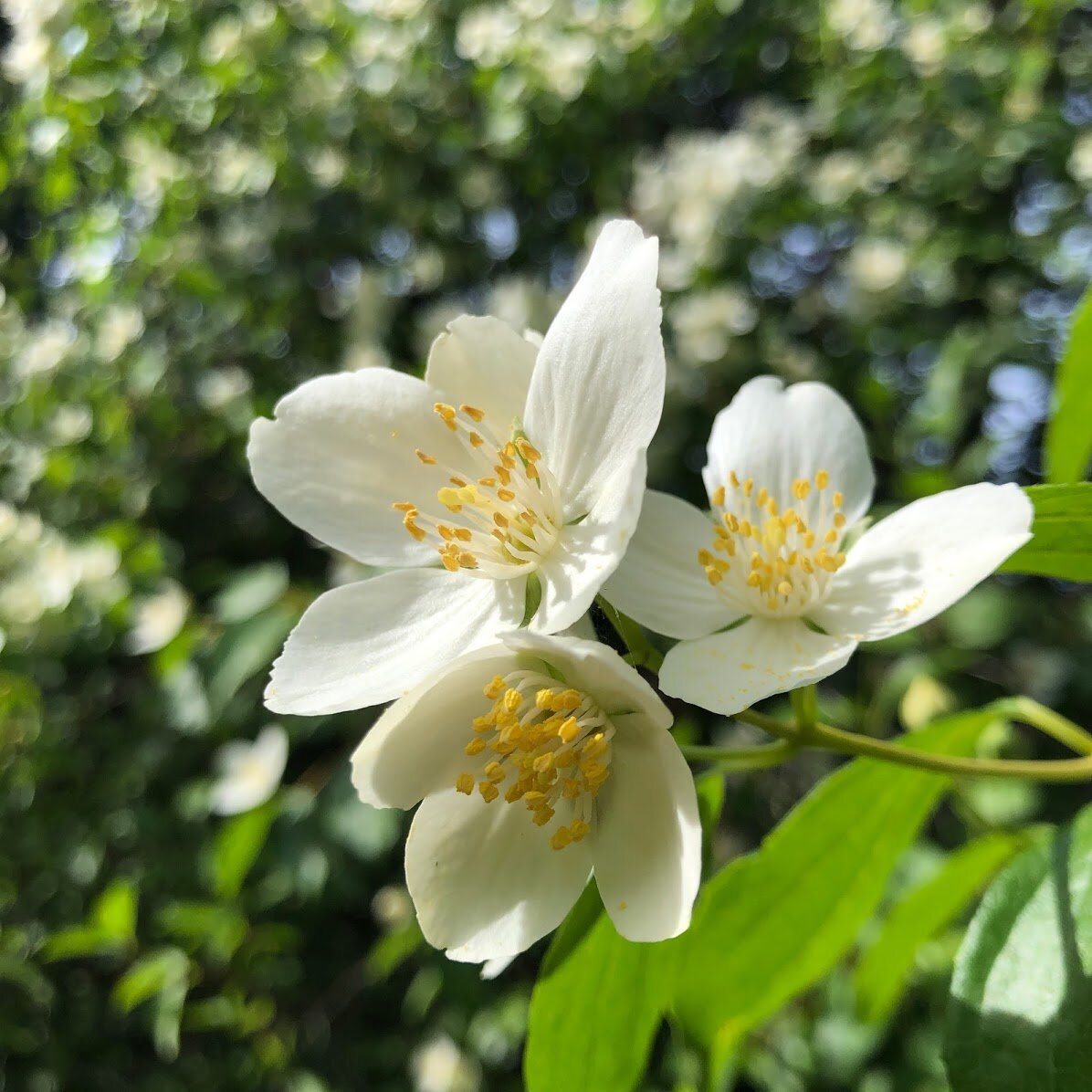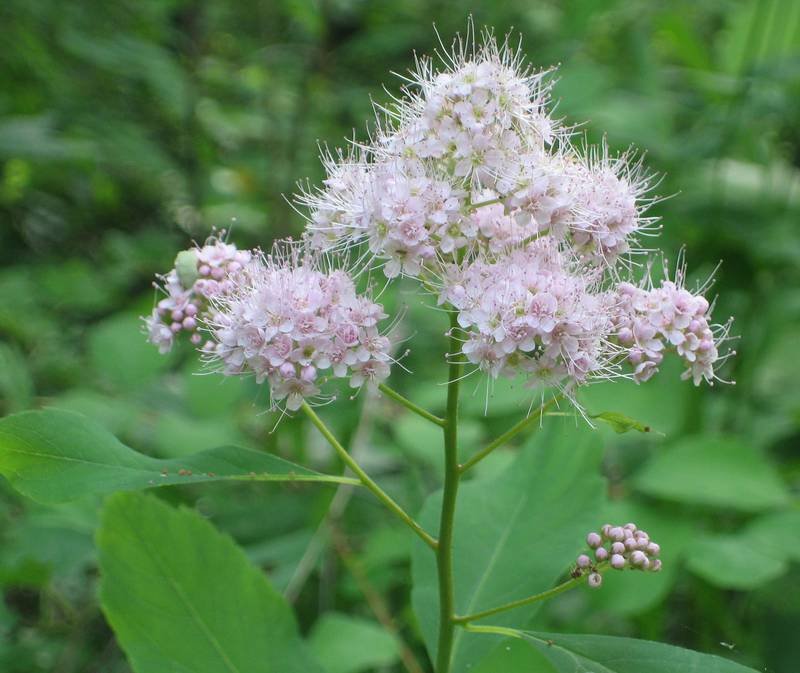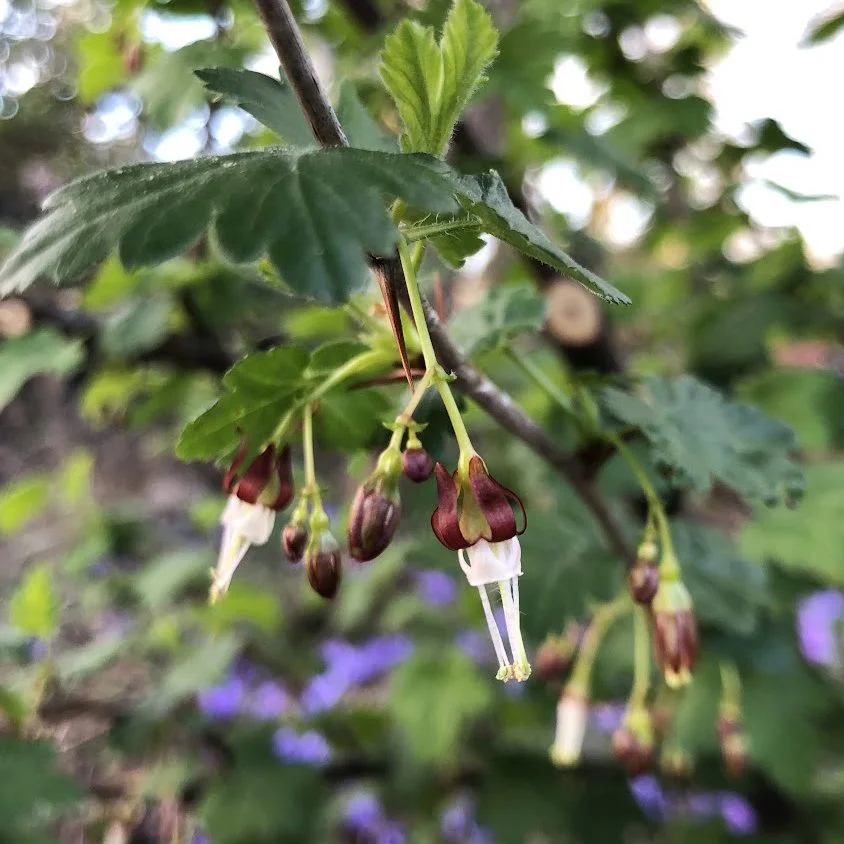 Image 1 of 1
Image 1 of 1


Kinnikinnick
Arctostaphylos uva-ursi
Native. Evergreen, creeping shrub.
One of our very favorite ground cover plants, Kinnikinnick is a beautiful, mat-forming evergreen shrub with bell-shaped white or light pink flowers in spring and red berries in fall.
Growing to 6-10” and a few feet wide, it’s excellent in rock gardens or trailing over walls or container plantings.
Kinnikinnick likes full sun to part shade and prefers well-drained to dry soil, but it is pretty adaptable. The flowers are loved by native bees and hummingbirds and the berries are a bird snack. It’s also a butterfly host plant.
The berries are edible but traditionally have been prepared in a beverage, dried or cooked.
The leaves also have medicinal uses and are used in smoking mixtures. One common name, Kinnikinnick, is an Algonquian word that references that use. This plant grows on both coasts of North America and in places in between so there is a lot of history of different relationships between this plant and native peoples.
Kinnikinnick is a lower-growing relative of Manzanita and Madrone in the Erica family. So it’s a wonderful addition to drought-tolerant landscapes with high habitat value. It’s a good one to get to know!
Size: 3.5” pot, #1 pot
Arctostaphylos uva-ursi
Native. Evergreen, creeping shrub.
One of our very favorite ground cover plants, Kinnikinnick is a beautiful, mat-forming evergreen shrub with bell-shaped white or light pink flowers in spring and red berries in fall.
Growing to 6-10” and a few feet wide, it’s excellent in rock gardens or trailing over walls or container plantings.
Kinnikinnick likes full sun to part shade and prefers well-drained to dry soil, but it is pretty adaptable. The flowers are loved by native bees and hummingbirds and the berries are a bird snack. It’s also a butterfly host plant.
The berries are edible but traditionally have been prepared in a beverage, dried or cooked.
The leaves also have medicinal uses and are used in smoking mixtures. One common name, Kinnikinnick, is an Algonquian word that references that use. This plant grows on both coasts of North America and in places in between so there is a lot of history of different relationships between this plant and native peoples.
Kinnikinnick is a lower-growing relative of Manzanita and Madrone in the Erica family. So it’s a wonderful addition to drought-tolerant landscapes with high habitat value. It’s a good one to get to know!
Size: 3.5” pot, #1 pot






